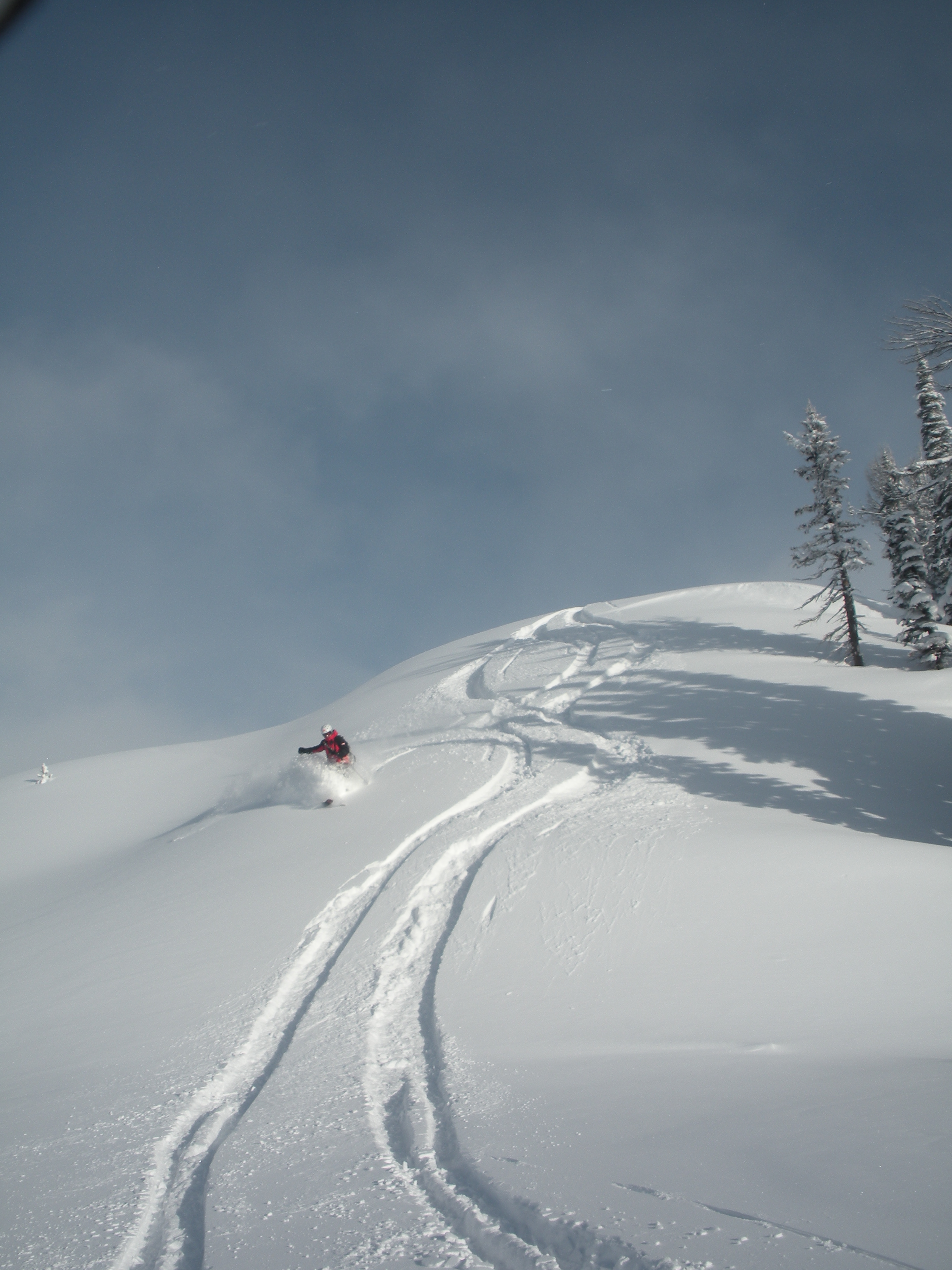
“Let it snow, let it snow, let it snow.” As the mountaintops around the Comox Valley are highlighted with the first signs of winter, anticipation of the upcoming season is generating excitement in the hearts of skiers and snowboarders alike. If you are one of these individuals, then you know exactly what I am talking about.
Despite the fact that skiing and snowboarding can be a lot of fun, they are physically demanding activities. Activities of this sort tend to predispose individuals to injury, especially those who are out of shape. The majority of skiing/snowboarding injuries that do occur usually happen near the end of the day when fatigue has set in, or when individuals are reaching beyond their personal limits.
Experienced skiers and snowboarders understand that in order to be able to enjoy an entire season without injury, you must prepare months in advance with a focused pre-season training program.
ALPINE SKIING:
Downhill skiers are subject to high compressive forces that predispose them to spine and/or knee injuries. For these individuals, pre-season training should target the muscles that provide strength and stability to the body core and the knees. Here is a list of some simple home exercises that can help achieve these goals:
wall squats
lunges
abdominal crunches & core exercises
stretching - back & leg muscles
bicycling
stair climbing
SNOWBOARDING:
Due to the nature of the equipment, the injuries that snowboarders endure are typically quite different to that of skiers. While seasoned snowboarders can experience significant knee injury, the majority of boarder injuries involve trauma to the ankle, upper extremity, or tailbone. Pre-season training for these individuals should focus on strengthening and stabilizing the muscles of the ankle, thigh, upper body, and body core. Some home exercises that can help achieve this are:
wall squats
abdominal crunches & core exercises
stretching - back & leg muscles
upper body weight training
wobble/rocker board exercises
bicycling
NORDIC SKIING:
Cross-country skiing is the most physically demanding in terms of total body aerobic activity. While it has a lower risk of injury than downhill skiing or snowboarding, it is not without injury risks. The most common mistake Nordic skiers make that puts them at risk for injury, is an insufficient warm up. Optimal flexibility and strength are essential to perform long, powerful, gaping strides. Exercises that can help acquire these goals are:
abdominal crunches & core exercises
stretching - arm, back & leg muscles
upper body weight training
stair climbing
skating
rollerblading
Whether you are a snowboarder, alpine or nordic skier, if you want to enjoy a full season injury free you need to be smart and prepare early. The exercises previously mentioned are designed to assist beginner and intermediate class individuals in conditioning their bodies for their particular sport. If you have reached an advanced or professional level, your requirements are much more extensive. I suggest you make an appointment with a personal fitness trainer that is knowledgeable with your sport, and have them tailor an exercise program to meet your every need.
As with most physical sports, skiing and snowboarding injuries are quite common. A great way to ensure you will be able to enjoy the entire season without injury, is by maintaining your spinal fitness. Focusing on core strength, spinal alignment and spinal flexibility are the key. Regular chiropractic tune ups with your Comox Chiropractor, Dr. Houlgrave, can help you to achieve these goals, maintain peak conditioning, and prevent injury.

